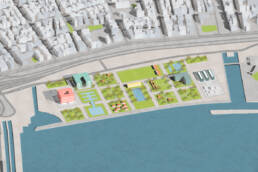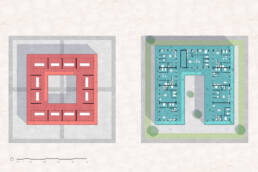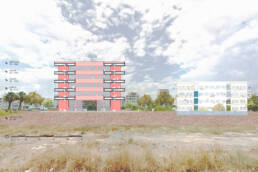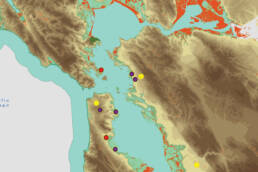
Opportunistic Urban Land Strategies
How resilience design and planning at the city level scales down to the design of neighborhoods is an ongoing research question. The Moschato neighborhood of Athens, Greece, is one such example.
When, in 2010, Greece was expected to default on its debt, the viability of the Eurozone was threatened to such a degree that the EU loaned Greece enough money for the country to continue making payments. Since the debt crisis began in 2010, the EU and private investors have lent a total of nearly 320 billion euros, making this the biggest financial rescue of a bankrupt country in history.
The trade for those funds were austerity measures, whose results were mixed – as of a 2017 assessment, the country’s economy grew 1.4%, it ran a budget surplus of 0.8%, but unemployment is at 22% and 1/3 of the population lives below poverty. In Athens, funds from the rest of the European Union is resulting in a massive effort to develop infrastructure. China has purchased the majority of ports in Athens in order to expand the Maritime Silk Road.
As cash-strapped Greece continues to struggle to pay back debt, large areas of underdeveloped land along the coast of Athens are now marked for sale to several countries looking for a geographically strategic location to reach the European market. It is in this context that this project was conceived. Residents from the surrounding district found out about the desire to sell this land to foreign interest and joined with grassroots organizers to not only bring public attention to this issue but to develop a counter-plan. The proposal involves public open space to address extreme heat issues in Athens, a research center on coastal ecologies, and housing for those researchers.
Resilience in design here is vastly different for the government compared to its meaning at the local level. For the state, resilience in land is an investment opportunity and a message out to the EU, through the adoption of a resilience plan: we are resilient, proactive, open, vibrant. For the community it is an opportunity to use the formal language of resilience to address larger socio-environmental issues. notably the lack of public/open space, especially as a refuge from extreme heat.















